Duncombe Park
OS grid reference:- SE 604 829
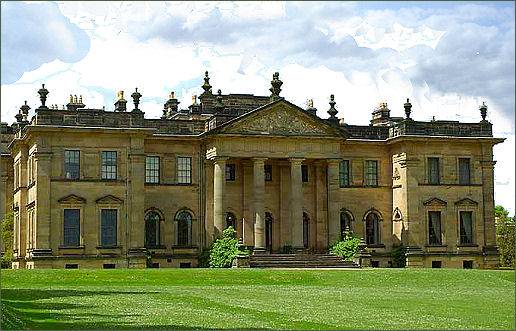 Duncombe Park, an Italianate baroque mansion and a Grade I listed building is one of Yorkshire's foremost historic houses and estates It lies one mile to the south west of the market town of Helmsley in the North York Moors National Park and is the seat of the Duncombe family, Barons Feversham.
Duncombe Park, an Italianate baroque mansion and a Grade I listed building is one of Yorkshire's foremost historic houses and estates It lies one mile to the south west of the market town of Helmsley in the North York Moors National Park and is the seat of the Duncombe family, Barons Feversham.
The house was built in 1713 for Thomas Duncombe to designs by the Yorkshire architect and friend of Vanbrugh, William Wakefield.
The estate was originally purchased In 1694 by Charles Duncombe, one of the richest commoners in England. Following his death in 1711 it was inherited by his sister Ursula and then passed to her to her son Thomas Brown, who changed his name to Thomas Duncombe and commissioned the building of the present house. On his death in 1746 it passed to his son, Thomas Duncombe, who extended the grounds to include the Rievaulx Terrace & Temples.
In the late 1700s the estate was owned by Thomas' son, Charles Slingsby Duncombe, who was succeeded in 1803 by his eldest son and heir Charles. Charles was MP for Shaftesbury, Aldborough, Heytesbury and Newport in the Isle of Wight and High Sheriff of Yorkshire for 1790–91. He built up a considerable art collection at the house and was made 1st Baron Feversham in 1826. His son William succeeded him and was MP for Yorkshire and after 1832 for the new North Riding constituency. William's son William Ernest was created the 1st Earl of Feversham. The second Earl was killed in the First World War and the earldom became extinct on the death of the third earl in 1963.
The house was remodelled in 1843 by Sir Charles Barry. In 1879 the main block was damaged by fire and remained a ruin until 1895 when rebuilding was carried out by William Young.
The house stands in 300 acres of parkland and has a commanding location above deeply incised meanders of the River Rye. The house itself is not open to the general public but the spectacular landscape garden and the International Centre for Birds of Prey are open to the public from April until the end of August.
The early eighteenth century gardens cover 35 acres and have been described as ''the supreme masterpiece of the art of the landscape gardener''. This classical English setting is a rare survivor of a style of gardening using the natural landscape. The gardens and parklands feature walks which take the visitor past ancient pollarded oak trees and the grassy sloping lowlands and river valley. The park is a haven for wildlife, some of the trees date back over 250 years.
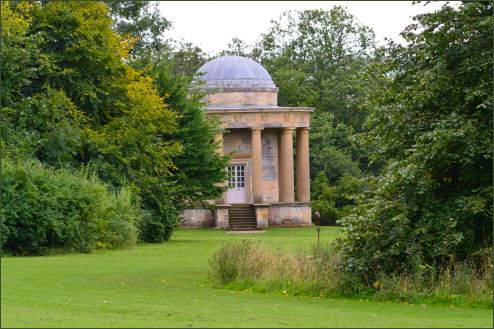
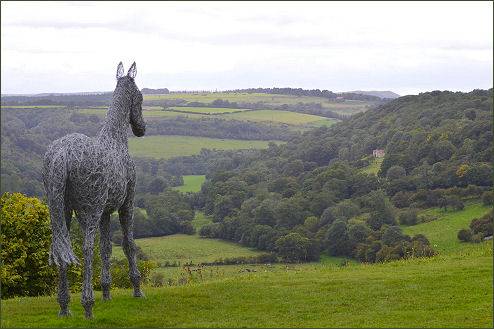
At the domed Doric Temple or Tuscan Temple at the south-east end of Rievaulx Terrace, the river valley turns through 300 degrees, so the temple appears to sit on a promontory, the pavement floor came from the choir of Rievaulx Abbey. The rich limestone soil around the temple provides a perfect habitat for colourful wildflowers.
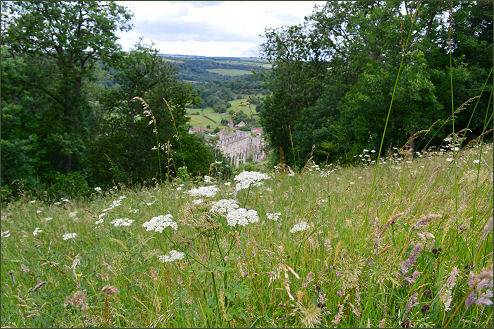
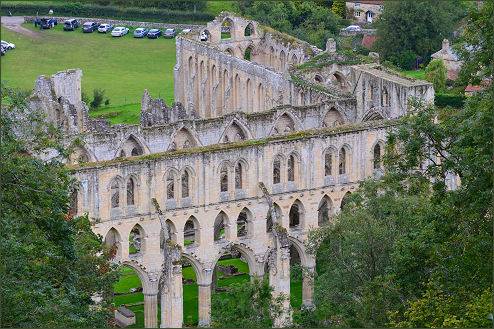
The curving terrace leads on to the Ionic Temple, inspired by the Temple of Fortuna Virilis in Rome, from where there are wonderful views northwards over the ancient market town of Helmsley and, to the south-east, down into the valley of the River Rye.
Standing near the Rotunda is an ash tree which reaches an estimated height of 148 feet, possibly the tallest ash in England. To the west of the house a trail leads through highly attractive parkland to Rievaulx Terrace, where elegant terraced gardens with neo-classical temples look down on the imposing medieval ruins of Rievaulx Abbey.
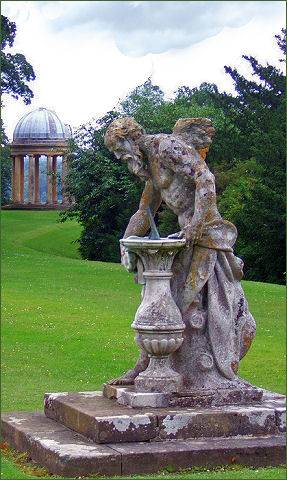
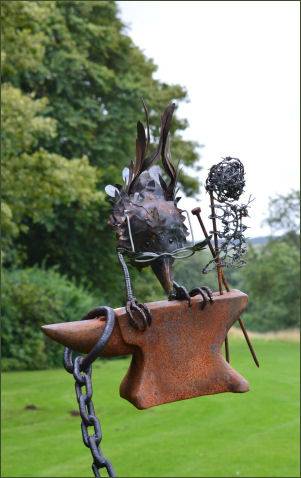
The largest collection of birds of prey in the north of England and a major new addition to Helmsley, the International Centre for Birds of Prey opened in 2013. Set in the heart of Duncombe Park just a short walk from Helmsley visitors can see eagles, vultures, hawks, falcons, owls and more.
The last Earl of Feversham died in 1963 and in 1972 the site and the adjoining woods were purchased by the National Trust. Part of the grounds became The Duncome Park National Nature Reserve in 1994.
Images courtesy of Paul Johnson
Historic Buildings of Yorkshire
